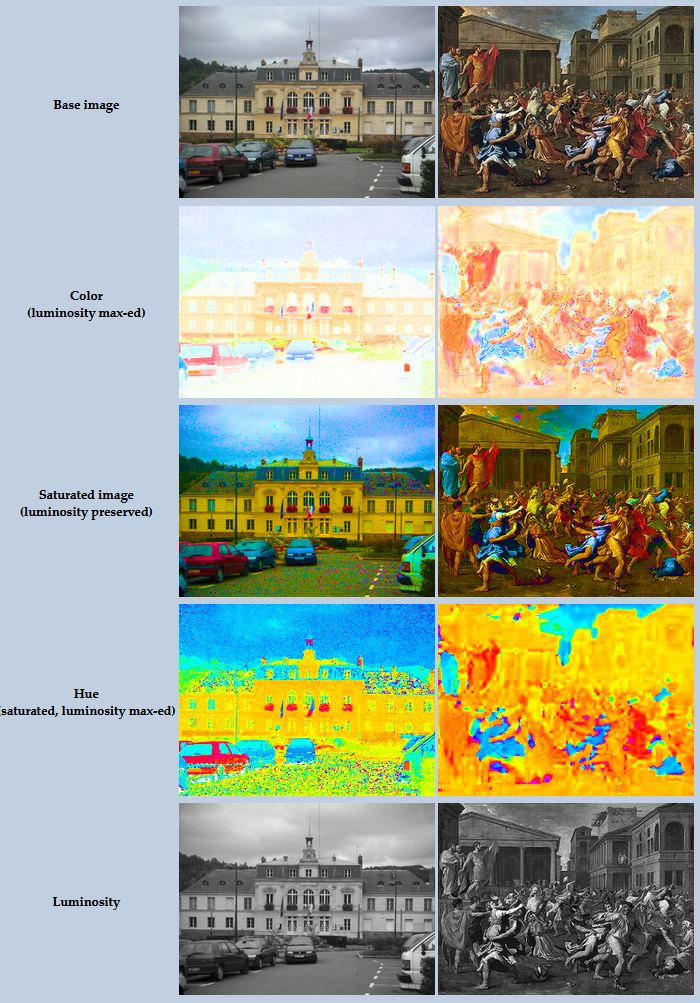




3Dprinting (175) A.I. (747) animation (339) blender (197) colour (229) commercials (49) composition (152) cool (359) design (635) Featured (68) hardware (307) IOS (109) jokes (134) lighting (282) modeling (127) music (185) photogrammetry (177) photography (751) production (1252) python (86) quotes (486) reference (310) software (1335) trailers (296) ves (537) VR (219)
Category: production
-
Blender CAD Sketcher Intro | Constraint Driven Design
The beginning of the CAD modeling in Blender has just arrived with CAD Sketcher. A still early in development project to bring CAD Parametric and Constraint Driven Design to blender 3.0 Includes everything from tangents, distances, angles, equal and more.
Get it here:
https://makertales.gumroad.com/l/CADsketcher -
Disco Diffusion V4.1 Google Colab, Dall-E, Starryai – creating images with AI
Disco Diffusion (DD) is a Google Colab Notebook which leverages an AI Image generating technique called CLIP-Guided Diffusion to allow you to create compelling and beautiful images from just text inputs. Created by Somnai, augmented by Gandamu, and building on the work of RiversHaveWings, nshepperd, and many others.
Phone app: https://www.starryai.com/
docs.google.com/document/d/1l8s7uS2dGqjztYSjPpzlmXLjl5PM3IGkRWI3IiCuK7g
colab.research.google.com/drive/1sHfRn5Y0YKYKi1k-ifUSBFRNJ8_1sa39
Colab, or “Colaboratory”, allows you to write and execute Python in your browser, with
– Zero configuration required
– Access to GPUs free of charge
– Easy sharinghttps://80.lv/articles/a-beautiful-roman-villa-made-with-disco-diffusion-5-2/
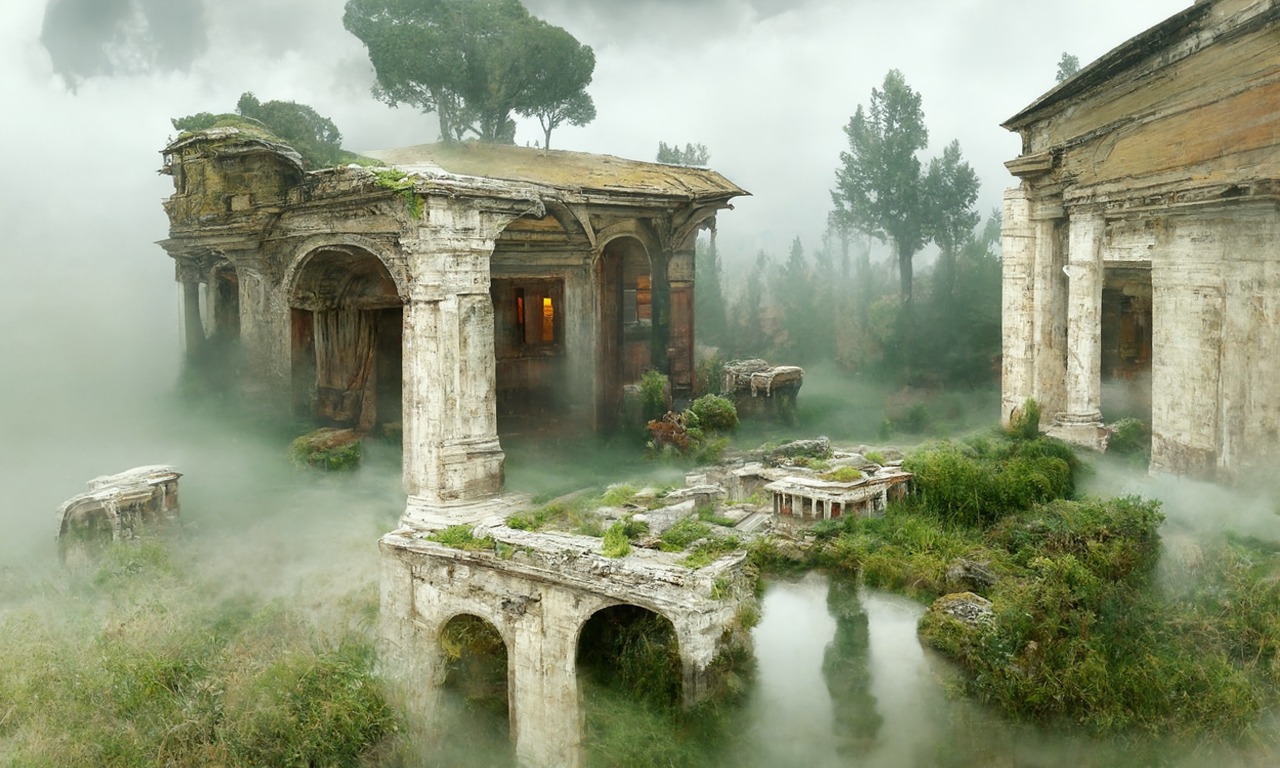
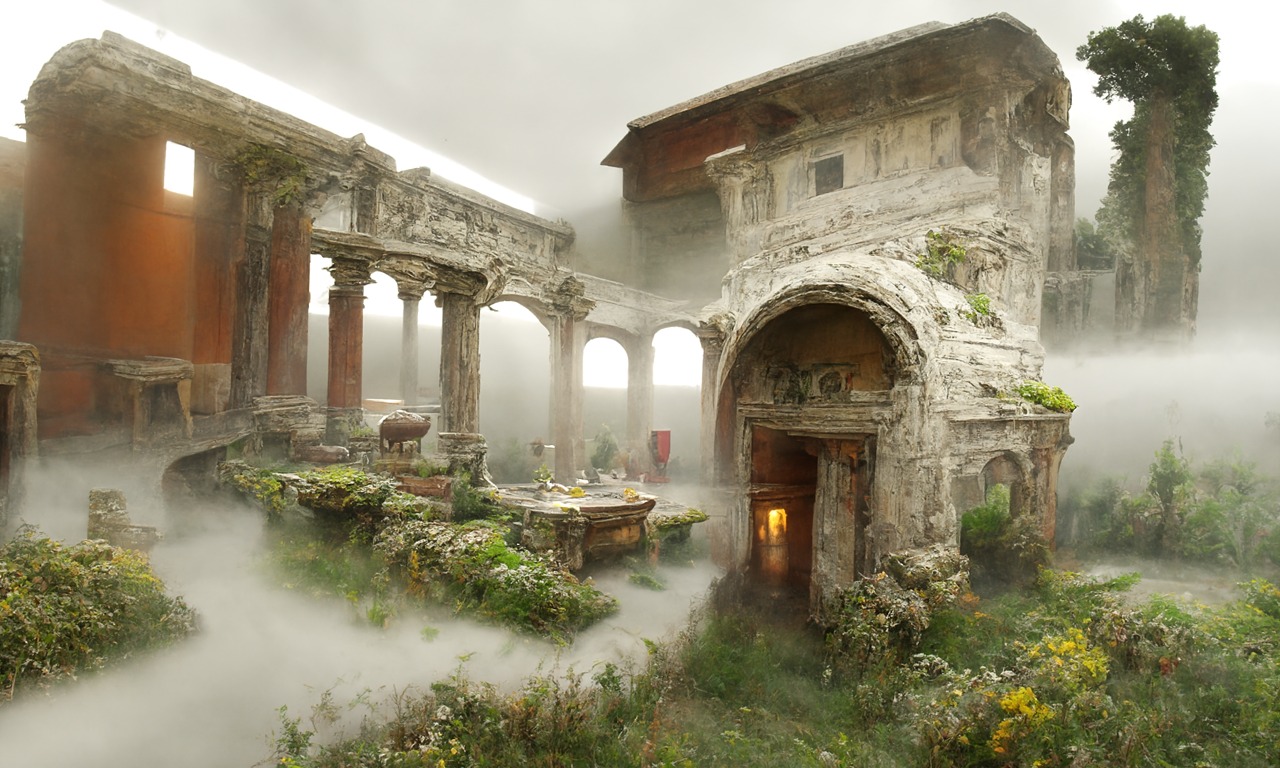
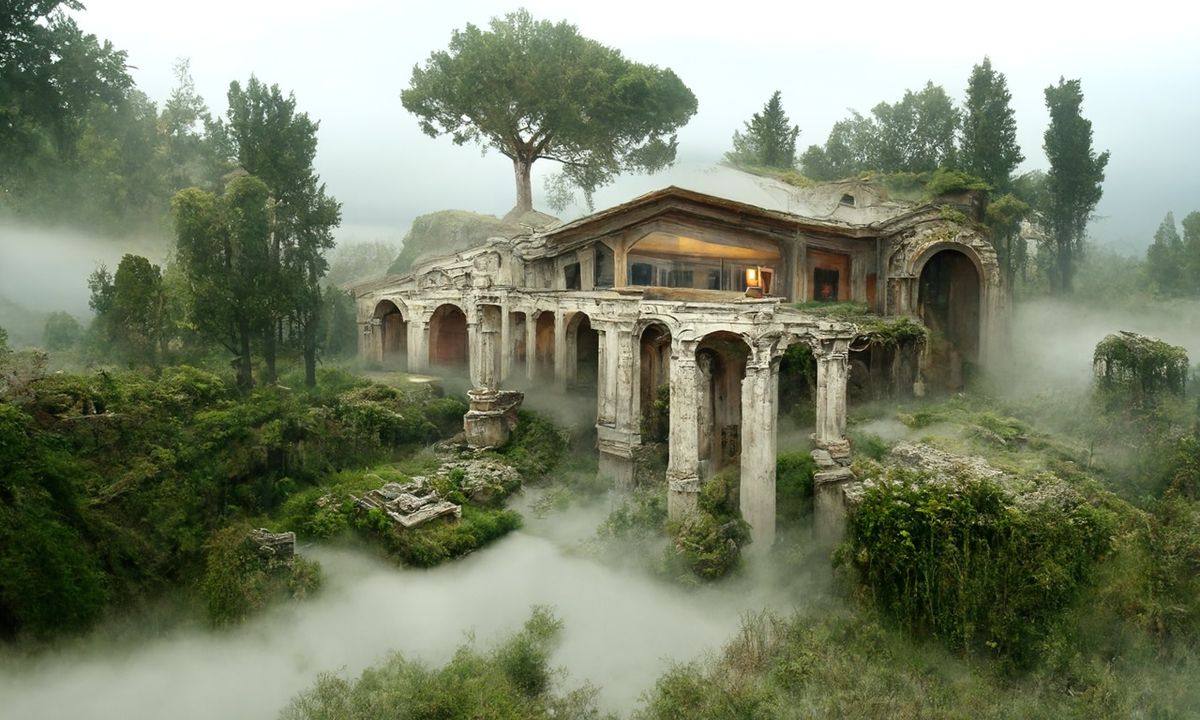
-
MARCEL PICHERT – 12 Nuke Toolsets for a smarter and faster comp workflow
https://www.marcelpichert.com/post/12-toolsets-for-a-smarter-and-faster-comp-workflow
http://www.nukepedia.com/miscellaneous/m_toolsets
Efficient-Workflow Toolsets:
– degrain
– prerender
– concatenation
Keying Toolsets:
– IBK stacker
– Keying Setup Basic
– Keying Setup Plus
Projection Toolsets:
– uv project
– project warp
– project shadow
Mini Toolsets:
– rotate normals
– clamp saturation
– check comp
-
Rez – python friendly industry standard cross-platform package, environment and versions manager
https://github.com/nerdvegas/rez
Rez is a cross-platform package manager with a difference. Using Rez you can create standalone environments configured for a given set of packages. However, unlike many other package managers, packages are not installed into these standalone environments. Instead, all package versions are installed into a central repository, and standalone environments reference these existing packages. This means that configured environments are lightweight, and very fast to create, often taking just a few seconds to configure despite containing hundreds of packages.
-
Shutter Speed and Rolling Shutter
https://www.studiobinder.com/blog/what-is-rolling-stutter
Rendering rolling shutter in Arnold
Rolling_shutter is used to simulate the type of rolling shutter effect seen in footage shot with digital cameras that use CMOS-based sensors such as Blackmagics, Alexas, REDs, and even iPhones. This method is implemented by rolling (moving) the shutter across the camera area instead of the entire image area all at the same time.
https://help.autodesk.com/view/ARNOL/ENU/?guid=arnold_user_guide_ac_cameras_html
-
Disney’s Moana Island Scene – Free data set
https://www.disneyanimation.com/resources/moana-island-scene/
This data set contains everything necessary to render a version of the Motunui island featured in the 2016 film Moana.
-
Björn Ottosson – OKHSV and OKHSL – Two new color spaces for color picking
https://bottosson.github.io/misc/colorpicker
https://bottosson.github.io/posts/colorpicker/
https://www.smashingmagazine.com/2024/10/interview-bjorn-ottosson-creator-oklab-color-space/
One problem with sRGB is that in a gradient between blue and white, it becomes a bit purple in the middle of the transition. That’s because sRGB really isn’t created to mimic how the eye sees colors; rather, it is based on how CRT monitors work. That means it works with certain frequencies of red, green, and blue, and also the non-linear coding called gamma. It’s a miracle it works as well as it does, but it’s not connected to color perception. When using those tools, you sometimes get surprising results, like purple in the gradient.
There were also attempts to create simple models matching human perception based on XYZ, but as it turned out, it’s not possible to model all color vision that way. Perception of color is incredibly complex and depends, among other things, on whether it is dark or light in the room and the background color it is against. When you look at a photograph, it also depends on what you think the color of the light source is. The dress is a typical example of color vision being very context-dependent. It is almost impossible to model this perfectly.
I based Oklab on two other color spaces, CIECAM16 and IPT. I used the lightness and saturation prediction from CIECAM16, which is a color appearance model, as a target. I actually wanted to use the datasets used to create CIECAM16, but I couldn’t find them.
IPT was designed to have better hue uniformity. In experiments, they asked people to match light and dark colors, saturated and unsaturated colors, which resulted in a dataset for which colors, subjectively, have the same hue. IPT has a few other issues but is the basis for hue in Oklab.
In the Munsell color system, colors are described with three parameters, designed to match the perceived appearance of colors: Hue, Chroma and Value. The parameters are designed to be independent and each have a uniform scale. This results in a color solid with an irregular shape. The parameters are designed to be independent and each have a uniform scale. This results in a color solid with an irregular shape. Modern color spaces and models, such as CIELAB, Cam16 and Björn Ottosson own Oklab, are very similar in their construction.
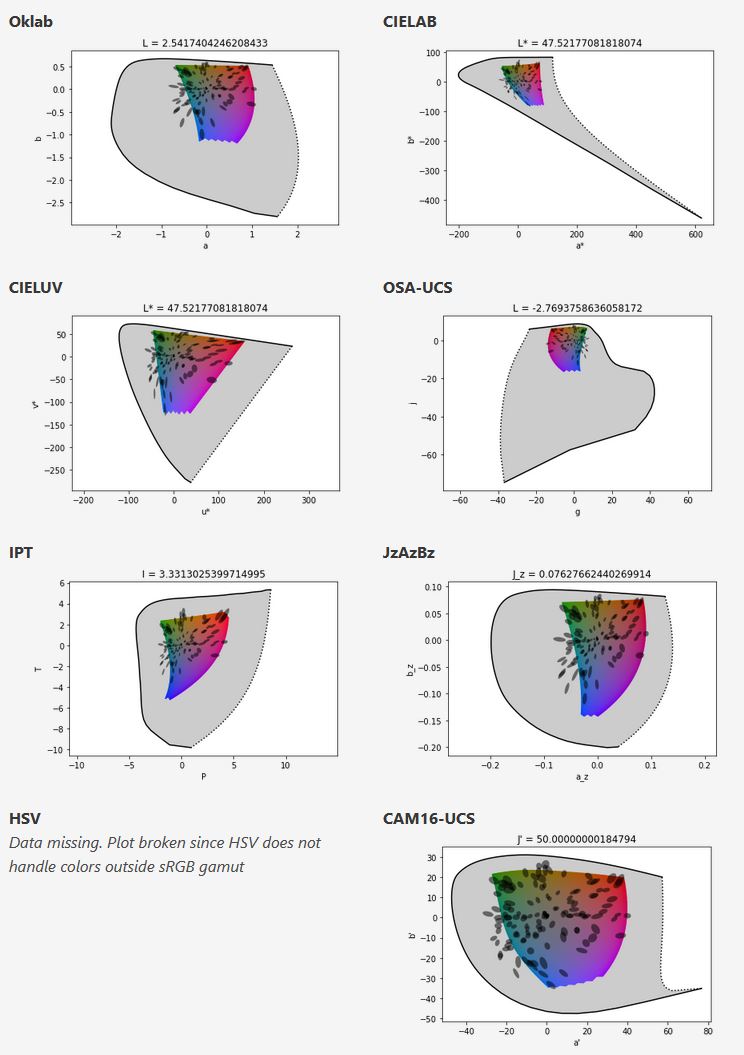
By far the most used color spaces today for color picking are HSL and HSV, two representations introduced in the classic 1978 paper “Color Spaces for Computer Graphics”. HSL and HSV designed to roughly correlate with perceptual color properties while being very simple and cheap to compute.
Today HSL and HSV are most commonly used together with the sRGB color space.
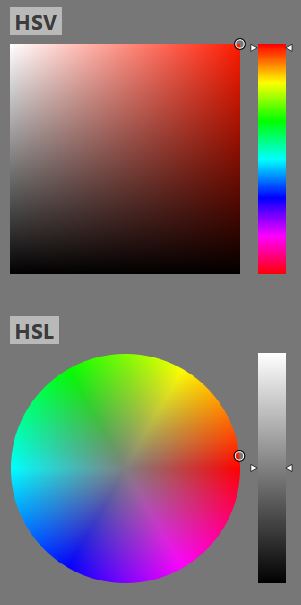
One of the main advantages of HSL and HSV over the different Lab color spaces is that they map the sRGB gamut to a cylinder. This makes them easy to use since all parameters can be changed independently, without the risk of creating colors outside of the target gamut.
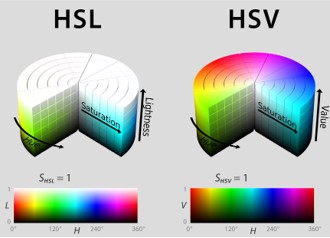
The main drawback on the other hand is that their properties don’t match human perception particularly well.
Reconciling these conflicting goals perfectly isn’t possible, but given that HSV and HSL don’t use anything derived from experiments relating to human perception, creating something that makes a better tradeoff does not seem unreasonable.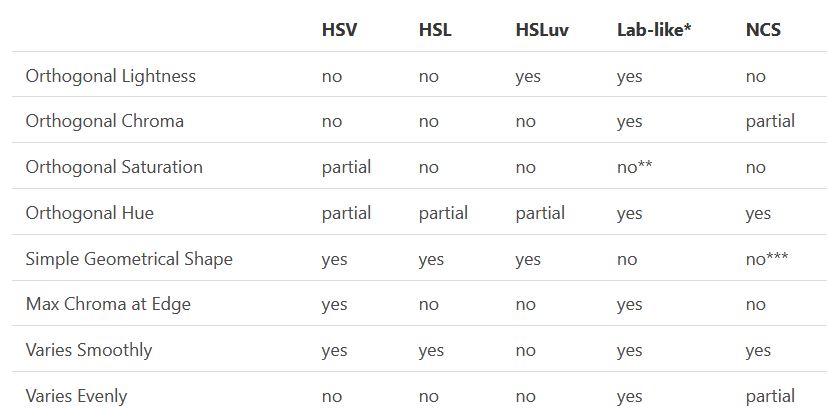
With this new lightness estimate, we are ready to look into the construction of Okhsv and Okhsl.
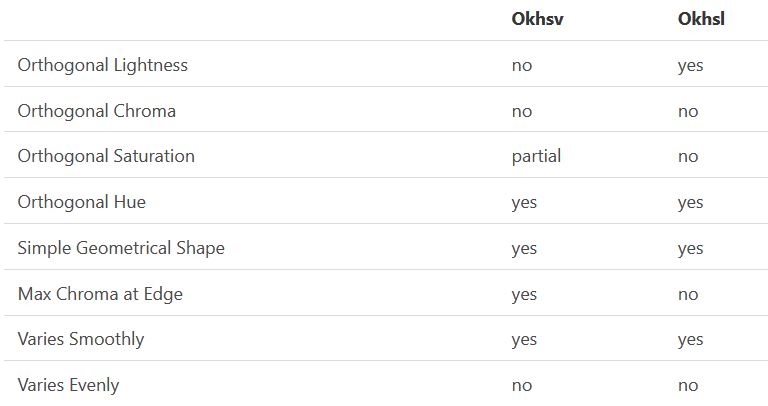
-
Gamification techniques for every day production
https://www.zippia.com/advice/gamification-statistics/
- 90% of employees say gamification makes them more productive at work.
- On average, employees experience a 60% engagement increase with a gamified work experience.
- Companies that use gamification are seven times more profitable than those that do not use gamified elements at work—whether with employees or consumers.
- The North American gamification industry, led primarily by the U.S., is valued at $2.72 billion.
- 72% of people say gamification motivates them to do tasks and work harder on the job.
- 67% of students agree that gamified learning is both more engaging and motivating than traditional classes.
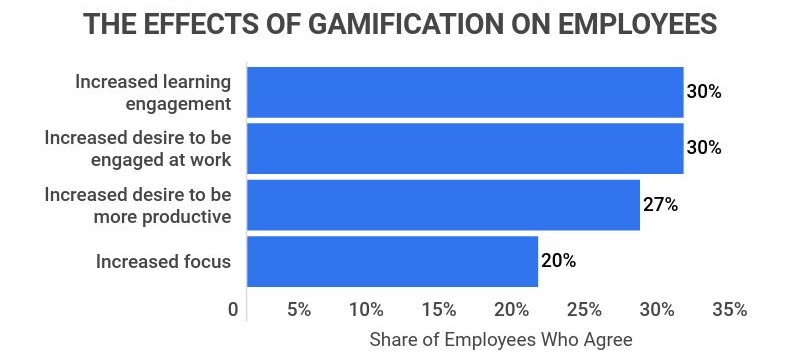
hatrabbits.com/en/gamification/
Gamification is the process of using game elements in a non-game context. It has many advantages over traditional learning approaches, including: Increasing learner motivation levels. Improving knowledge retention
10 gamification techniques you can use instantly
- – Create ‘flow’ If a task is too easy, you will get bored. …
- – Let users ‘complete’ a task. …
- – Set up appropriate challenges. …
- – Allow players to customise things. …
- – Allow users to ‘unlock’ stuff. …
- – Make people curious. …
- – Use the element of surprise. …
- – Recognize achievements.
-
Working from home – tips to help you stay productive
https://www.freecodecamp.org/news/working-from-home-tips-to-stay-productive/
Tip #1 – Build a strong work-life balance
- Take breaks and go outside
- Take up a sport or activity that takes your mind off things
- Split your computer
- Don’t setup work notifications on your phone
- Work from a co-working space
Tip #2 – Create your own working environment
- Choose or create a workspace that stimulates you
- Separate your workspace from your sleeping one
- Declutter your desk
Tip #3 – Socialize at work
- Schedule virtual time with your colleagues
- Try to schedule a social meeting each week in your company
Tip #4 – Become a time-management expert
- Try to have a set work schedule
- Schedule your tasks
Tip #5 – Learn to deep focus
- Listen to focus songs
- Use the “Do not disturb” option on your phone
- Limit distractions
-
StudioBinder.com – What is an Entertainment Lawyer
www.studiobinder.com/blog/what-is-an-entertainment-lawyer-definition/
Areas Entertainment Lawyers Can Help With
– Navigating contracts
– Protecting Intellectual Property (IP)
– Connecting clients to other industry professionals (lawyers, managers, agents)
COLLECTIONS
| Featured AI
| Design And Composition
| Explore posts
POPULAR SEARCHES
unreal | pipeline | virtual production | free | learn | photoshop | 360 | macro | google | nvidia | resolution | open source | hdri | real-time | photography basics | nuke
FEATURED POSTS
-
HDRI Median Cut plugin
-
PixelSham – Introduction to Python 2022
-
JavaScript how-to free resources
-
GretagMacbeth Color Checker Numeric Values and Middle Gray
-
Free fonts
-
Yann Lecun: Meta AI, Open Source, Limits of LLMs, AGI & the Future of AI | Lex Fridman Podcast #416
-
Types of AI Explained in a few Minutes
-
Types of Film Lights and their efficiency – CRI, Color Temperature and Luminous Efficacy
Social Links
DISCLAIMER – Links and images on this website may be protected by the respective owners’ copyright. All data submitted by users through this site shall be treated as freely available to share.

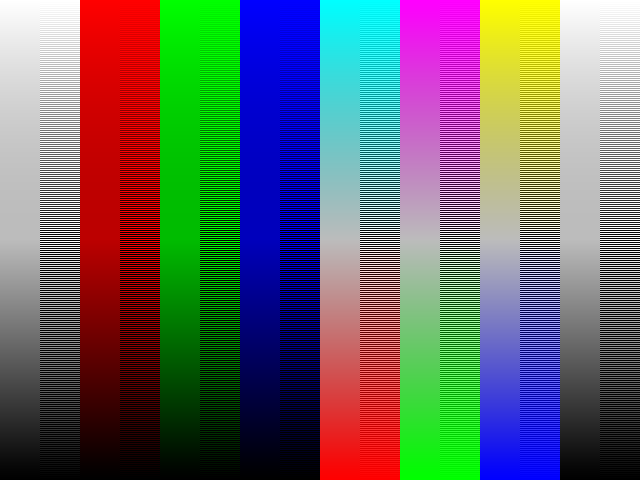
![sRGB gamma correction test [gamma correction test]](http://www.madore.org/~david/misc/color/gammatest.png)
